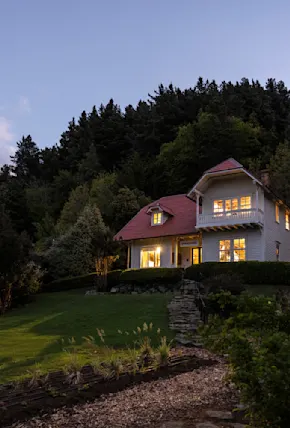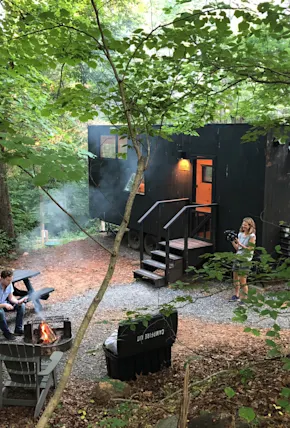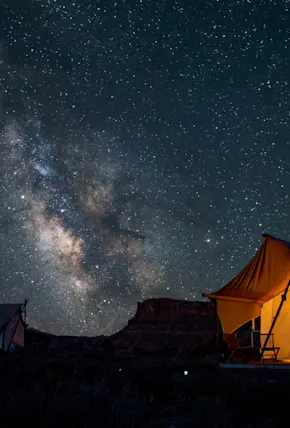For more conceptual cabin discussions, subscribe to our new newsletter Cabins Etc.
What, exactly, architecture constitutes remains to be defined, even by architects themselves. Within the field, there's an impressive array of work that spans far beyond homes and funky-shaped high rises—everything from paper architecture to research architecture to furniture design can fall under the umbrella term, so the act of making architecture is simultaneously obscure and excitingly vast.
In relation to exurban locales, beyond cabins, tiny homes, and A-frames, there's landscape architecture itself. Projects within this architectural sub-field might look like Piet Oudolf's plantings spanning New York's High Line, Maya Lin's Wavefield at Storm King Art Center, or your neighbors new garden patio. There's no straight definition there, either.
Which brings us to Chile, where architect Pia Montero's Reconversion of the San Pedro Hot Springs is a landscape architecture project of the conservation and advocacy kind, designed to both protect and draw attention to a stunning (and relaxing) local landmark within the Andes Mountains.











